This is a recipe for soft and aromatic cheese rolls that are popularly known as kiflice, in Serbia and throughout western Balkans. They are staple item on menu of every household and family recipes are source of pride of our mothers and grandmothers. Although normally soft and tender kiflice also could come with crumbly texture, but those are more commonly filled with fruit jam.
This is my wife’s recipe and she loves to make them for our trips, for the road. They are just about perfect quick snack food. 2-3 kiflice usually is all what is needed to hit the spot and take the edge of the hunger.
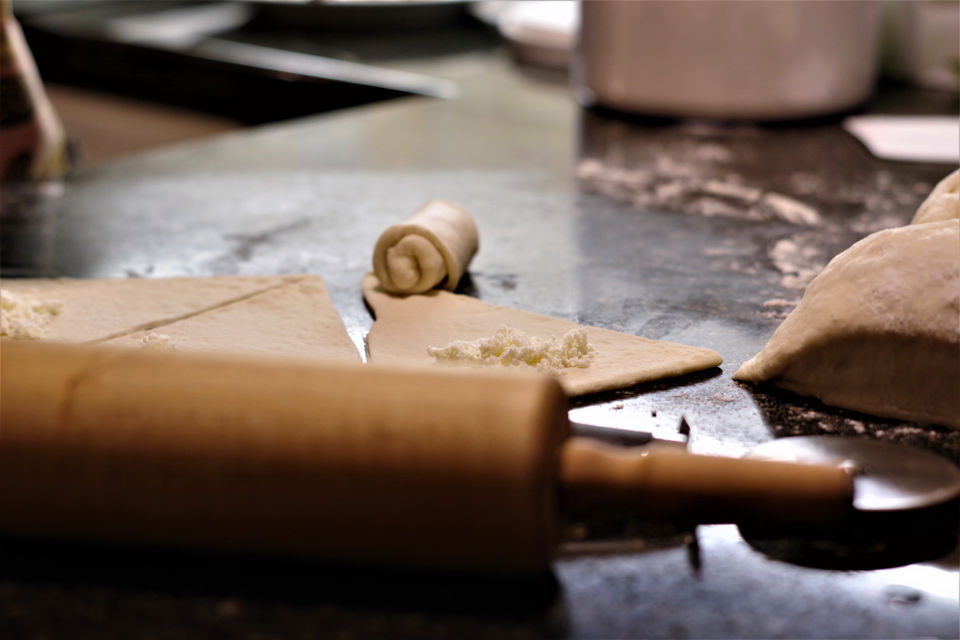
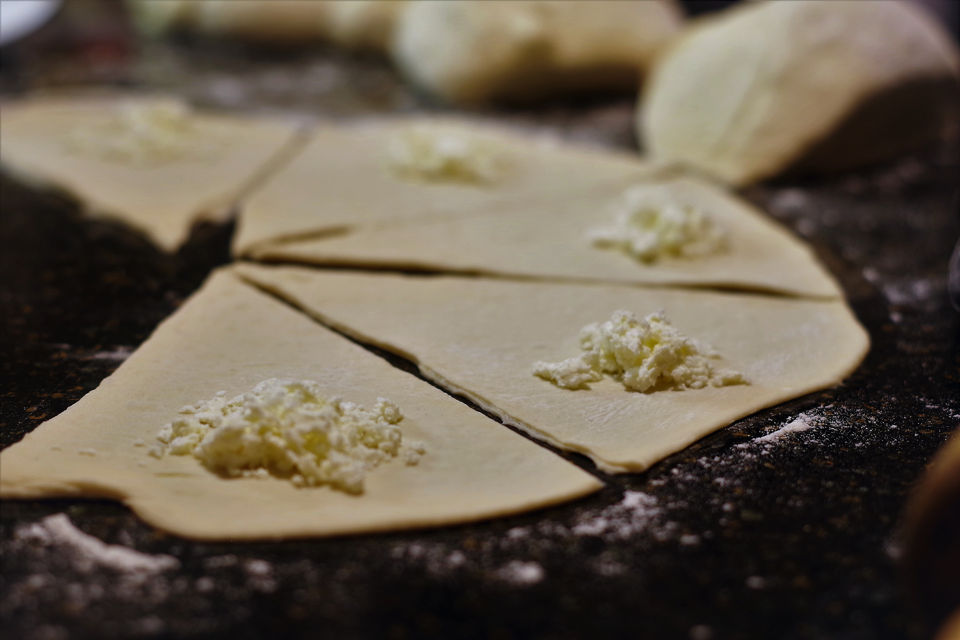
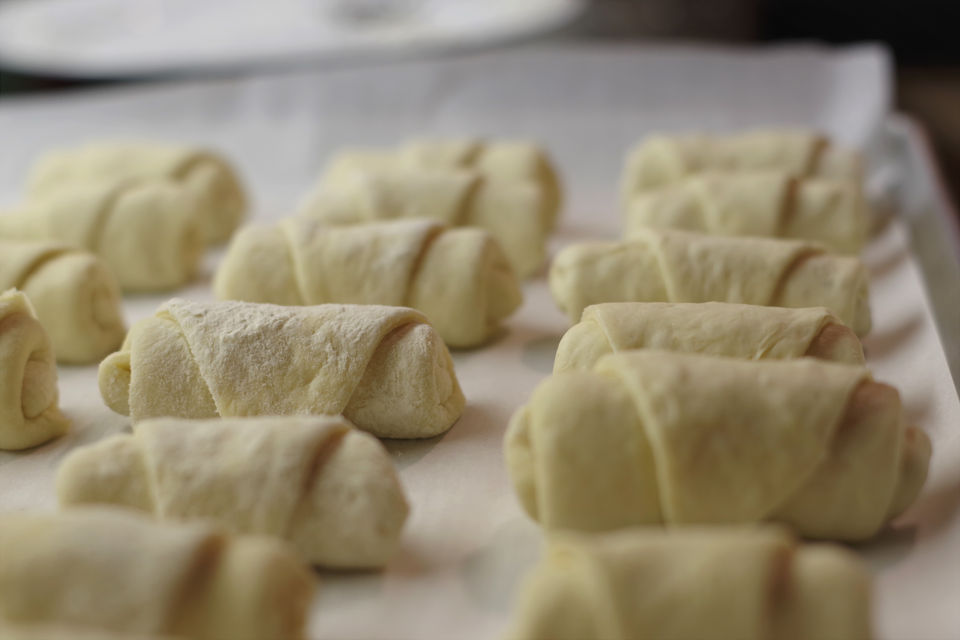
Without hesitation I can say that this is the best recipe I have ever tried and I tried quite a few! When the lid comes off the storage container the aroma quickly fills the surrounding and they become irresistible!

The best part is that they are quite simple and easy to bake. However, one word of warning: the flour brand used could make a huge difference in final result. Long time ago I used to think there is no much difference among different flour brands. As long as protein content was in the ball park I thought it was all good. We used to laugh at our mothers that were bringing the flour in suitcase from our home country, while claiming that Canadian flour behaves different and doesn’t give them desired results. Now many years later, I know better. There is indeed big difference from the way the dough behaves to the rise and most importantly the taste itself. In Canada Five Roses and especially Boreal organic flour made by La Meunerie Milanaise give excellent results.
Note: This is a high hydration dough and will be way easier to make the recipe if you use either bread machine or a stand mixer. It can be done by hand as I did it many times, but is lot more demanding and time consuming.
With all that said now is the time to make kiflice!
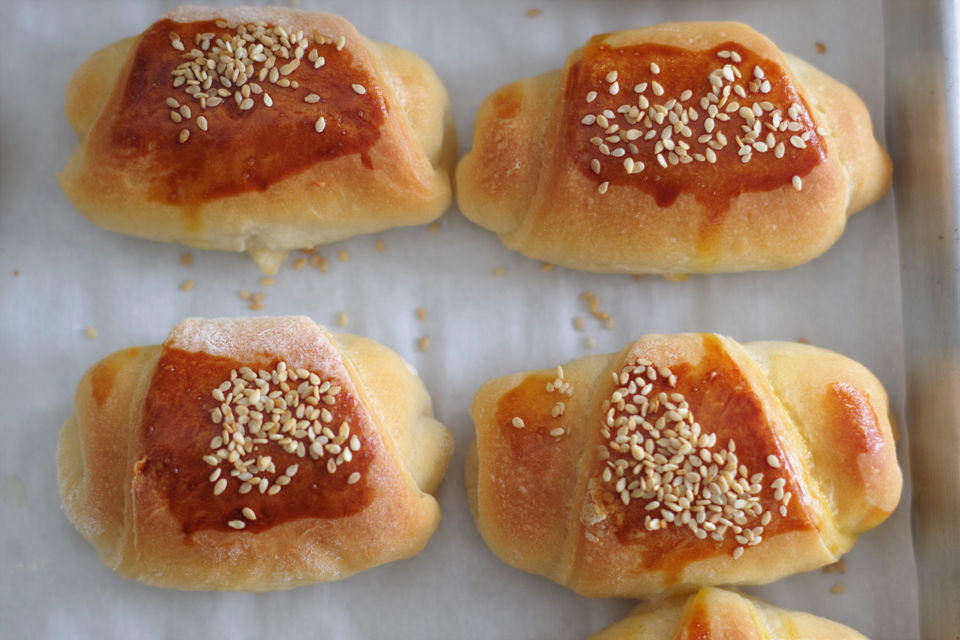
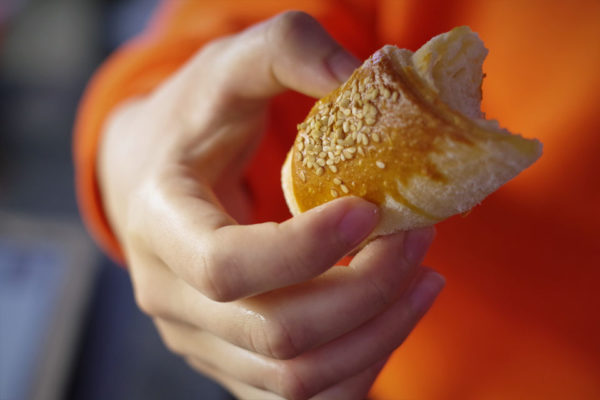
| Prep Time | 15 minutes |
| Cook Time | 35 minutes |
| Passive Time | 1 hours |
| Servings |
rolls
|
- 4 cup all purpose non bleached flour
- 2 cup organic milk
- 1 cup vegetable oil
- 1 tbsp granulated sugar
- 1 tbsp sea salt
- 1 tbsp dry active yeast or 3/4 tbsp instant yeast
- 200 g Fetta cheese crumbled
- 1 egg yolk for brushing
- sesame seeds for sprinkling
Ingredients
|

|
- In a medium sized mixing bowl add flour, milk, oil, sugar, salt and yeast. Using a plastic bench scraper mix the ingredients. With left hand rotate the bowl counterclockwise while the right hand held scraper scraping the inside of the bowl in opposite, clockwise direction. Continue for 2-3 minutes until a shaggy wet mass is formed, without dry bits. Turn over onto a clean counter.
- Using a French slap (or any other method) knead the dough until the gluten is fully developed.
- Form the dough ball, transfer to the lightly floured mixing bowl, cover and keep at room temperature for 1 hour or until it doubles in size.
- Using a pastry bench scraper divide the dough into 4 sections, shape each piece into ball.
- With the palm of your hand, flatten the first ball and then use a rolling pin to roll out the dough to approximately 35 cm (~14") diameter, approximately 5 mm (1/4") thick.
- Using a pizza cutter or a sharp knife cut the stretched dough round into 8 wedges.
- Put a teaspoon full of feta cheese at the bottom, at the flat side of each cut wedge.
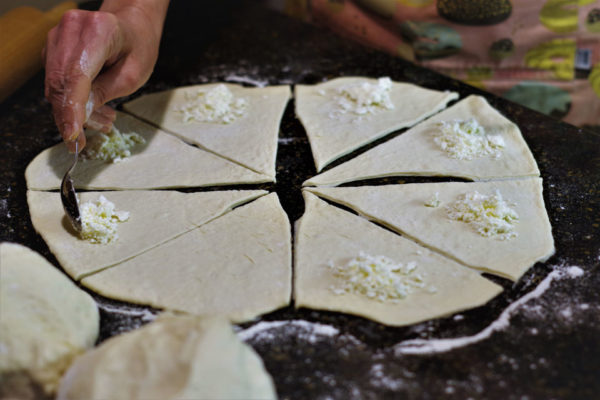
- Take each corner of the wedges's bottom, pull the dough over the cheese and press ends together, sealing the joint and creating a closed pocket with cheese.
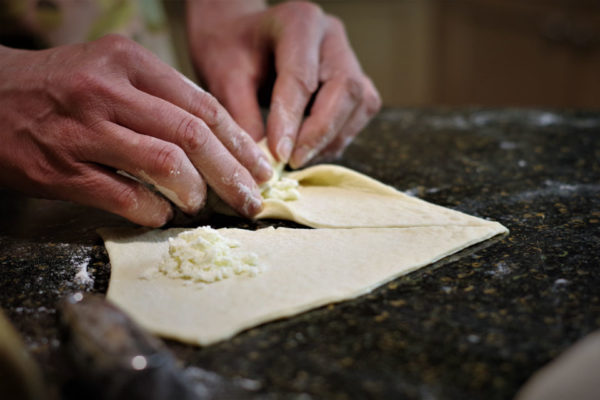
- Roll the dough towards the top of the wedge, creating a cylinder. Place the roll on a parchment paper lined 40 x 55 cm (16" x 22") baking sheet, seam down.
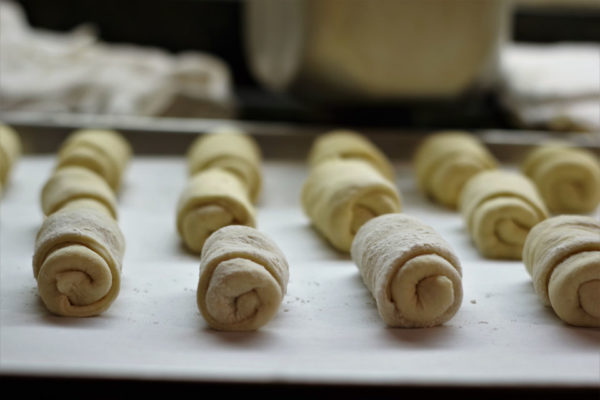
- Repeat the same with the remaining 7 wedges and then the same procedure with the other 3 dough balls.
- Brush the rolls with lightly beaten egg yolk and then sprinkle with sesame seeds.

- Bake at 177 C (350 F) in pre-warmed oven, rack in the middle, for 35 minutes or until a light golden brown.
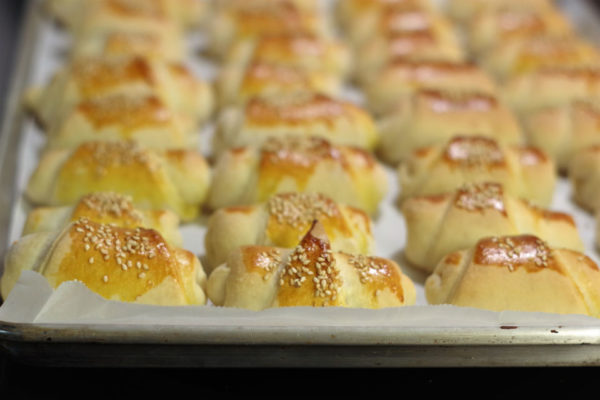
- Let rolls cool completely on a cooling rack. The rolls are best when consumed on the same day, freshly baked. They can be stored for 1-2 days in a sealed container at room temperature.

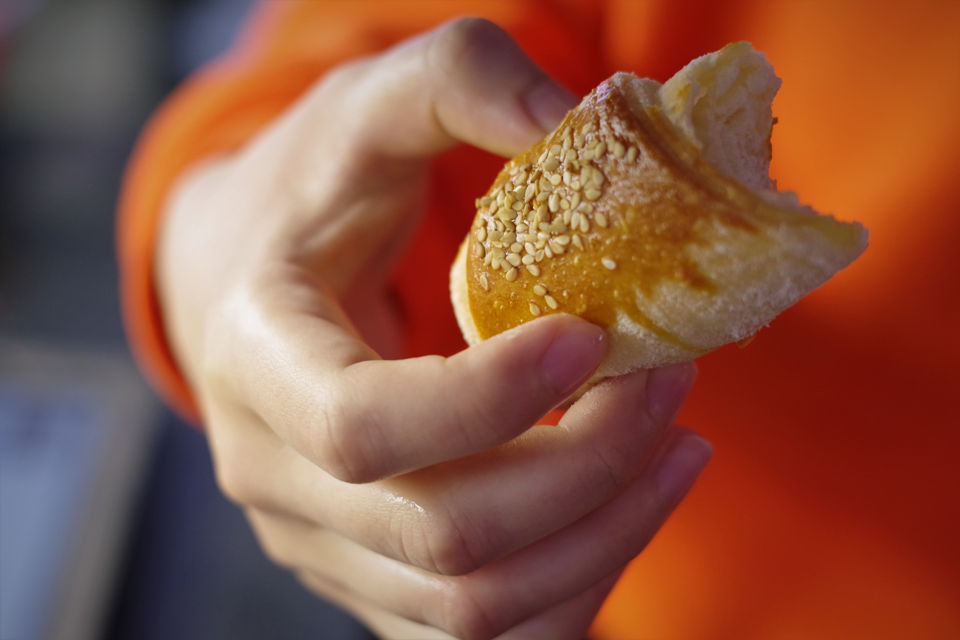


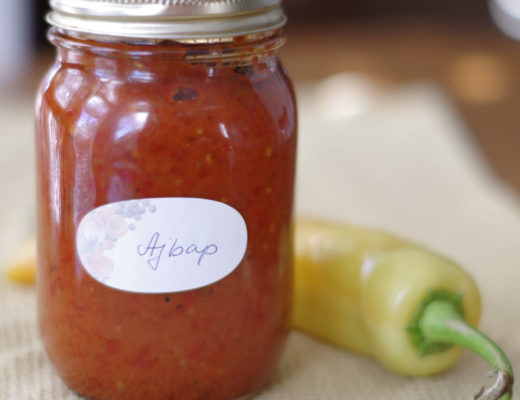
4 Comments
Elitza
October 11, 2021 at 5:03 pmI’m making these right now but the dough seems so strange. It’s really wet, I can barely touch because it’s so sticky. And I didn’t rise at all. I’m going to try baking them and see what happens. I’m just so confused about what I did wrong.
Gordan
October 26, 2021 at 9:18 pmHi Elitza,
My apologies for the late reply. If you followed all the ingredients measurements as outlined in the recipe you likely didn’t do anything wrong. This is suppose to be wet dough or sticky as you described it. It will become easier to handle once you knead it and the gluten is fully developed. You can knead the dough by hand and I highly recommend the French slap method (https://youtu.be/PvdtUR-XTG0) because I find it to be by far the easiest for this kind of the dough. Alternatively you can knead the dough in a bread maker machine or a stand mixer. I hope your cheese rolls turned out good, let me know how you liked them? Thanks for trying the recipe and I hope you have a wonderful week.
J
July 16, 2024 at 9:34 amThis recipe DOES NOT WORK. the dough comes out basically a liquid, barely rises, and even after extensive kneading is too sticky to flatten down or to use in any meaningful way. I ended up having to throw it out because the result was so decrepitly wet and useless. I was rooting for this recipe to work- it seemed very simple. But 3 cups of liquid to 4 cups of flour obviously is a bad ratio.
Gordan
September 21, 2024 at 9:25 pmI am sorry to hear about your troubles. I doublechecked and the recipe is correct. However, the absorption of liquid will depend on the flour used. The recipe dough is a high hydration dough and it suppose to be wet and sticky while working with it. The flour I use for all of my baking is Boreal Premium Organic Flour (La Milanaise Mill-Quebec) with 13.3% protein content.